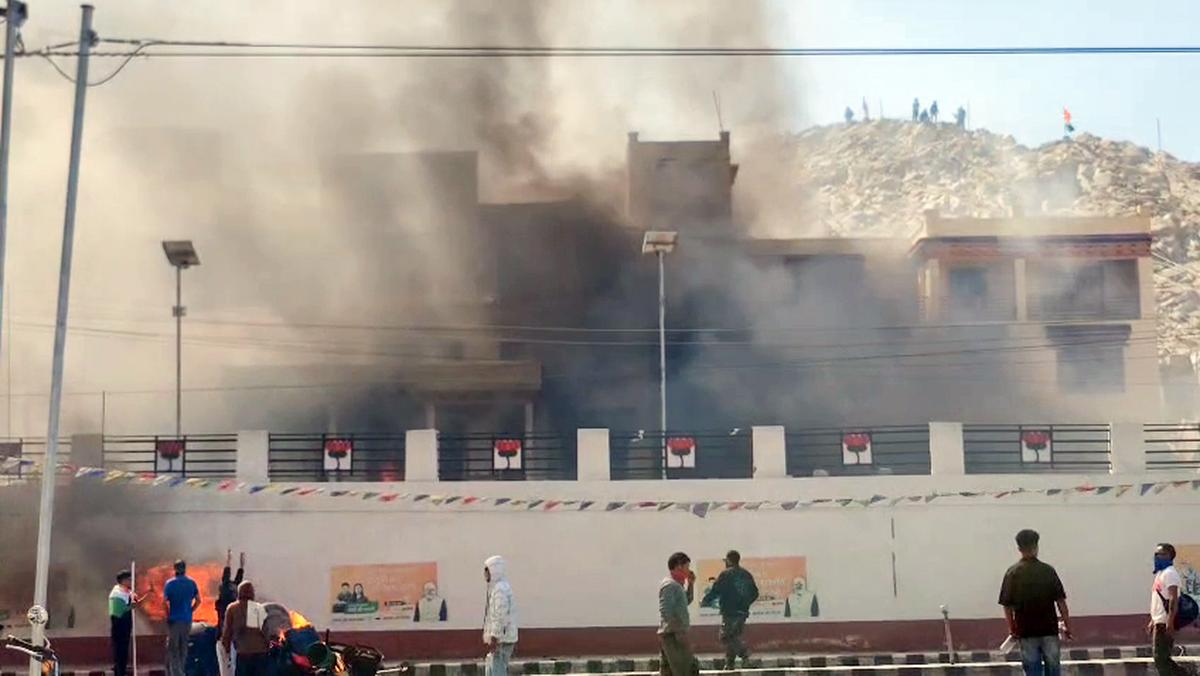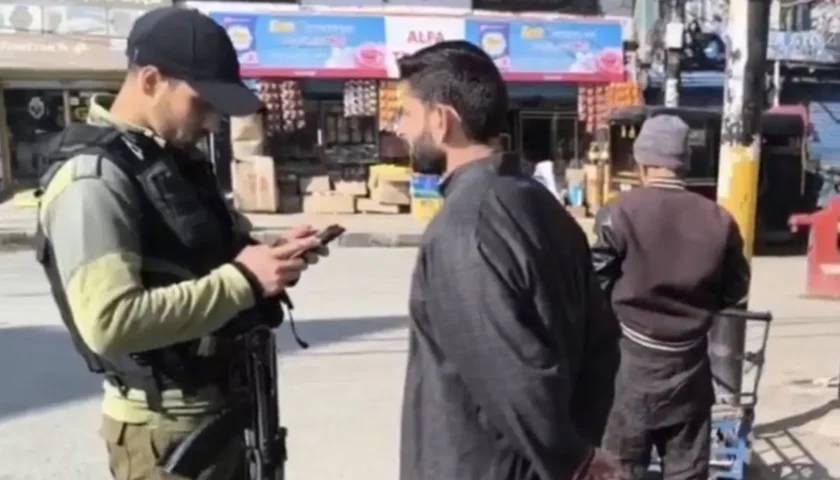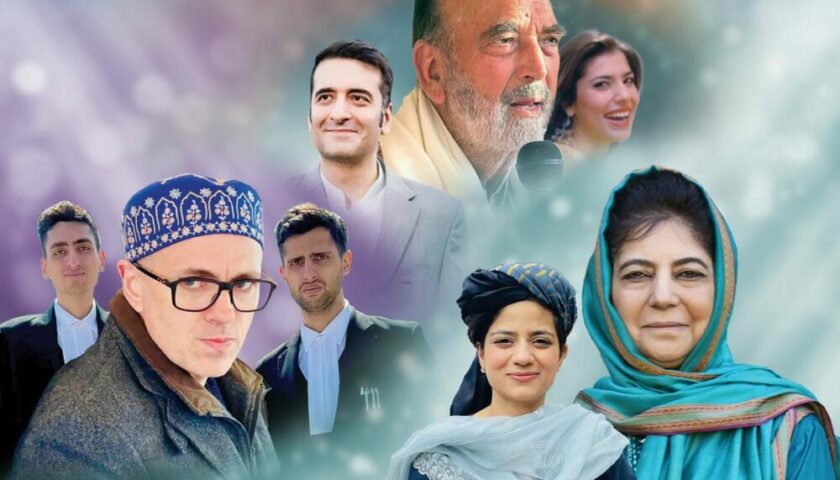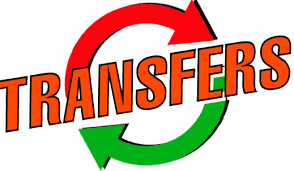Ladakh Protests Turn Deadly: Centre Calls Violence Politically Motivated, Locals Demand Statehood
By: Javid Amin | 25 September 2025
A Himalayan Flashpoint
On the crisp autumn morning of September 24, 2025, thousands of men, women, and youth converged in Leh’s Polo Ground. Wrapped in woolen shawls and waving placards painted with the words “Statehood Now” and “Sixth Schedule Is Our Right”, the protesters chanted slogans that echoed across the cold desert town.
By afternoon, what began as a peaceful demonstration under the banner of the Ladakh Apex Body (LAB) spiraled into chaos. Stones flew, tear gas shells burst, and the air filled with the acrid smoke of burning vehicles. By nightfall, the BJP district office lay in ruins, a police van had been set ablaze, and four people lay dead—three protesters and one security personnel. More than 100 others, including 30 police and CRPF men, were injured.
Ladakh, carved out as a separate Union Territory in 2019 after the abrogation of Article 370, was once hailed by the Centre as a “success story.” Six years later, it stands as a region boiling with discontent. The demand for statehood, constitutional safeguards under the Sixth Schedule, and democratic restoration has turned into one of the most volatile political challenges for New Delhi.
The Centre has called the violence “politically motivated” and “engineered.” Locals, however, insist it is a cry for justice after years of neglect and broken promises.
This is the story of how Ladakh’s frozen silence melted into rage, and why the fallout could shape the politics of not just Leh and Kargil, but the entire Union Territory of Jammu & Kashmir.
Centre’s Narrative: “Engineered, Not Spontaneous”
In Delhi, the Ministry of Home Affairs moved quickly to frame the unrest.
“This wasn’t spontaneous. It was planned to provoke and polarize,” said a senior Home Ministry spokesperson. According to the official, “external influences and internal actors” had deliberately incited violence to destabilize Ladakh ahead of the October 13 J&K Assembly session.
The Centre has ordered a multi-agency probe into the events, with teams from the Intelligence Bureau (IB), National Investigation Agency (NIA), and local police piecing together whether political groups within Ladakh—or even across the border—played a role in escalating tensions.
Privately, officials point to opposition parties in J&K as having a “vested interest” in fanning Ladakh’s anger, hoping to use the issue as leverage against the BJP in the Assembly. Some in Delhi even hint at the hand of Pakistan-based actors, citing past instances of cross-border propaganda targeting Ladakh’s fragile identity politics.
But this official line—that the protests were “engineered”—has landed poorly in Ladakh.
Opposition & Civil Society Pushback
Civil society leaders and opposition parties across Jammu & Kashmir have fiercely rejected Delhi’s framing.
“Calling it engineered is an insult to Ladakh’s pain. People are demanding rights, not riots,” said a JKNC spokesperson.
The PDP issued a statement declaring that “Ladakh’s anger is organic, not orchestrated. When you deny democratic rights for six years, you sow the seeds of unrest.”
In Leh itself, the Ladakh Apex Body, which represents a coalition of Buddhist, tribal, and civil groups, condemned the government’s remarks as “an attempt to delegitimize a mass movement by reducing it to conspiracy theories.”
Even Kargil Democratic Alliance (KDA), often at odds with LAB due to sectarian divides, stood in solidarity. “For once, Leh and Kargil speak the same language—statehood and Sixth Schedule,” a KDA leader told reporters.
The Roots of Ladakh’s Anger
To understand September’s explosion, one must go back to August 5, 2019, when Ladakh was separated from Jammu & Kashmir and turned into a Union Territory (UT) without a legislature.
At first, many in Leh welcomed the move, hoping for direct access to Delhi, faster development, and freedom from “Kashmir-centric politics.” But optimism faded quickly.
Key Grievances:
-
Loss of Statehood: Ladakh is ruled directly by bureaucrats under the Lieutenant Governor, with little elected representation.
-
No Sixth Schedule: Despite being a tribal-majority region, Ladakh has not been included under constitutional safeguards that guarantee land and cultural rights to indigenous groups.
-
Centralized Governance: Key decisions on mining, tourism, and land are made in Delhi, sidelining local councils.
-
Environmental Concerns: Mega infrastructure projects are seen as threats to Ladakh’s fragile ecosystem.
-
Democratic Deficit: Local leaders argue that the people of Ladakh have less political voice today than they did under J&K’s statehood.
By 2022, both Leh and Kargil—usually rivals—had united in demanding full statehood and Sixth Schedule inclusion. The government held several rounds of talks, but no breakthrough came.
Sonam Wangchuk & the Nonviolent Campaign
No figure embodies Ladakh’s struggle better than climate activist Sonam Wangchuk. Known internationally for his work on “ice stupas” and sustainable living, Wangchuk turned into an unlikely political face after 2019.
In early 2023, he staged a 21-day climate fast at 11,500 feet, warning that Ladakh’s ecology and culture were at risk without constitutional safeguards. His hunger strikes since then, often joined by thousands, became symbolic of Ladakh’s peaceful struggle.
But Wangchuk’s appeal for nonviolence hit a wall on September 24. As violence engulfed Leh, he announced the end of his 15-day fast, posting:
“My message of peaceful path failed today. I appeal to youth to stop this nonsense. This only damages our cause.”
For many Ladakhis, the fact that even Wangchuk’s voice could not prevent unrest is proof of how deep frustration runs.
The Spark in Leh: How Peace Turned to Fire
The Timeline (Sept 24, 2025):
-
10:00 am: Thousands gather at Polo Ground, led by LAB leaders. Slogans of “Statehood Zindabad” fill the air.
-
12:30 pm: March moves towards the BJP district office. Eyewitnesses say police tried to stop the crowd with barricades.
-
1:00 pm: Stone-pelting begins after a scuffle. Police respond with lathicharge and tear gas.
-
2:00 pm: A police vehicle is torched. BJP office ransacked and set ablaze.
-
4:00 pm: Clashes spread to nearby areas. Several protesters injured by pellet guns and rubber bullets.
-
6:00 pm: Curfew imposed in Leh town. Internet snapped.
By nightfall, the protest had claimed lives. The image of Leh—a peaceful Buddhist-majority town—engulfed in violence shocked India.
Delhi’s Security Lens
For the Centre, the violence has raised alarms far beyond Leh’s streets. Ladakh is not just any region; it is India’s frontline with China and Pakistan.
The Galwan Valley clash of 2020, where 20 Indian soldiers were killed, remains fresh in memory. Any instability in Ladakh—Delhi fears—could be exploited by Beijing or Islamabad.
Officials argue that granting statehood or Sixth Schedule safeguards could “complicate security management” in a border region where India needs swift decision-making and military coordination.
But critics counter: “If Ladakhis don’t trust Delhi, how can Delhi trust Ladakhis with national security?”
Voices from Ladakh
“We didn’t fight for violence. We fought for dignity. If Delhi won’t listen, people will erupt.” — Student leader, Leh University
“All these years, we were told Ladakh will be protected. Instead, outsiders take our land, our jobs, our voice.” — Tribal elder, Kargil
“We are Buddhists and Muslims united for once. That itself should tell Delhi how serious we are.” — Women’s activist, Leh
On the ground, there is a rare unity across religious and district lines. For many, Delhi’s dismissive response feels like betrayal.
Geopolitical Context: Why Ladakh Matters
Ladakh is more than a remote Himalayan plateau. It is:
-
India’s gateway to Siachen Glacier, the world’s highest battlefield.
-
Home to the Line of Actual Control (LAC) with China, where tensions simmer.
-
Strategically vital for India’s connectivity projects like Shinku-La tunnel and Zojila pass.
-
A region with rich solar and mineral potential, eyed by corporations.
This makes Ladakh both a security asset and a political powder keg. Delhi’s hesitation in granting autonomy stems from these high stakes.
Assembly Session Angle
The timing of Leh’s violence is significant. The Jammu & Kashmir Assembly session begins October 13, the first major sitting since Omar Abdullah suggested statehood was being withheld because people “didn’t vote BJP.”
Opposition parties are preparing to corner the government:
-
JKNC & PDP: Demand immediate restoration of statehood for both J&K and Ladakh.
-
BJP: Defends UT model, citing “national integrity and security.”
-
Civil Society: Push for judicial probe into Leh violence.
For Delhi, the unrest in Leh threatens to overshadow the Assembly session, turning statehood into the most explosive issue in the Himalayan belt.
Elections & National Politics
With 2026 General Elections less than a year away, Ladakh’s unrest carries national implications.
-
For the BJP, the narrative of “politically motivated violence” shields it from blame, but risks alienating Ladakhi voters.
-
For the Opposition, Ladakh has become a symbol of how Delhi treats peripheral regions—“with promises, but without power.”
-
For the international community, especially Turkey, Pakistan, and China, Ladakh is now cited alongside Kashmir as proof of India’s “unfinished democratic project.”
Possible Futures
-
Dialogue & Safeguards: Delhi engages with LAB & KDA, offers Sixth Schedule protections, promises roadmap for statehood.
-
Repression & Silence: Curfew, arrests, probes dominate. Violence subsides, but anger festers.
-
Partial Concessions: Delhi offers economic packages and more council powers, but not statehood—kicking the can down the road.
Which path Delhi chooses will decide whether Ladakh becomes a bridge of trust or a fault line of discontent.
Bottom-Line: The Choice Before Delhi
The violence in Leh is not just a law-and-order problem. It is the culmination of six years of broken promises, sidelined voices, and fears of cultural extinction.
The Centre’s claim that the unrest was “politically engineered” may provide temporary cover. But it does little to address the reality on the ground: a people who feel ignored, excluded, and humiliated.
As one Ladakhi youth put it bluntly:
“We didn’t light the fire. Delhi did—when it refused to listen.”
The Himalayas, long seen as silent guardians of India’s frontiers, are now echoing with demands for justice, dignity, and statehood. Whether Delhi hears them—or dismisses them—will decide not just Ladakh’s future, but the very credibility of India’s democratic promise.




